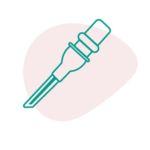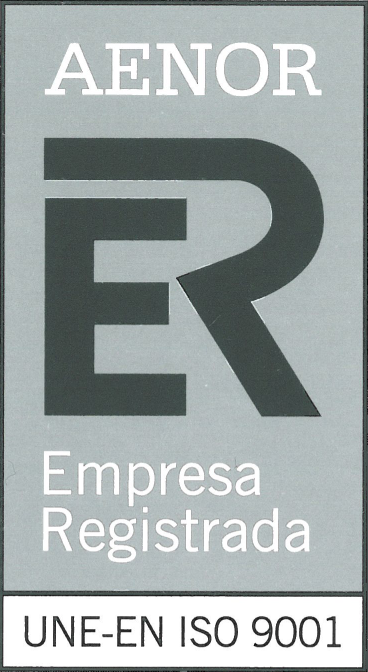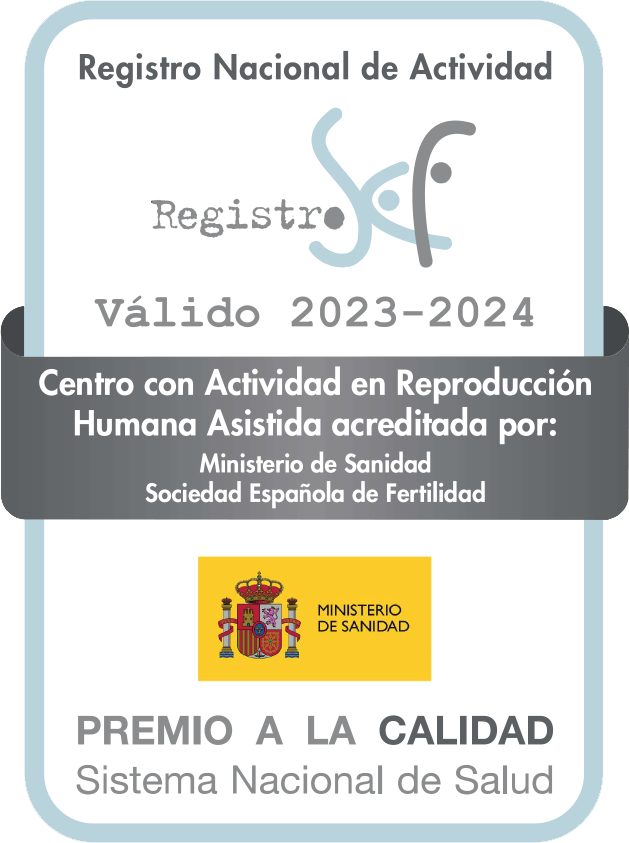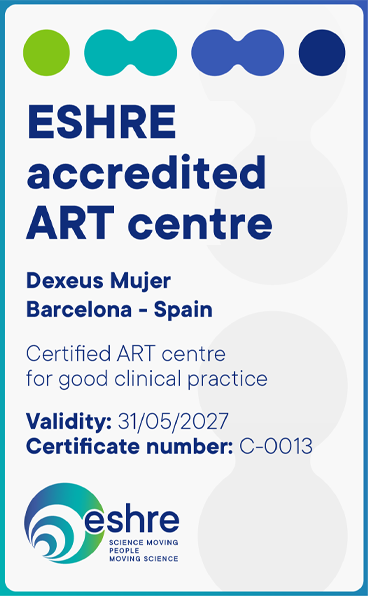Frozen embryo transfer
What is frozen embryo transfer
Embryo transfer is a procedure whereby previously cryopreserved embryos are transferred to the recipient’s uterus in order to achieve pregnancy.
The embryo transfer process consists of the following steps:
- Preparation of the uterus: the patient receives a simple treatment which consists of hormone tablets to ensure that the uterus is optimally prepared to receive the embryos.
- Thawing of cryopreserved embryos: the embryos are thawed in our lab, where we determine their survival and viability before selecting those eligible for transfer to the uterus.
- Embryo transfer: the embryos are transferred to the uterus on the same day or the next, always under ultrasound-guidance to select the optimal location. This is a very simple procedure which is carried out vaginally and does not require any kind of anaesthesia. The number of embryos to be transferred is determined on an individual basis, with a special focus on striving to maximise likelihood of pregnancy while also minimising the chances of multiple pregnancy.
- Await the results: on the day of the transfer, you will be required to stay at rest for about 4 hours. After that, you will have to follow the hormone treatment prescribed by your gynaecologist and take things very easy, refraining from any violent physical exertion, sports, immersion baths and sexual intercourse until after the first pregnancy test.
What are the phases of the treatment
The frozen embryo transfer process consists of the following phases:

Gynaecology visit

Endometrial preparation

Frozen embryo thawing and culture

Embryo transfer
Who it is for
Embryo transfer is performed as a preliminary step to pregnancy in:
- Couples who have failed to achieve pregnancy after a previous IVF cycle.
- Couples who wish to achieve a further pregnancy after a successful IVF cycle.
- Couples or women who have made plans to preserve their own fertility by freezing some embryos.
Why choose us

Survival rate
At Dexeus Mujer, the survival rate of frozen embryos is greater than 96% after thawing, with a pregnancy rate of 50% per cycle started and per transfer.

Comprehensive monitoring with tests
We conduct comprehensive ultrasound and laboratory monitoring with hormone assays to assess the condition of the uterus before embryo transfer.

Same pregnancy success rates
25% of the couples who go through our Reproductive Medicine Department have a history of treatment failure in other clinics. Even so, we maintain the same pregnancy success rates.

Psychological support
We provide psychological support in case of emotional overload, an issue which frequently affects women who undergo assisted reproduction treatments.

We are pioneers in reproductive medicine
We have more than 80 years’ experience behind us and a team of highly qualified and specialised professionals. The first Spanish test-tube baby was born in our clinic (1984) and Spain’s first egg donation treatment was carried out here, which culminated in the birth of twins (1988).

Facilities and 24-hour emergency service
All consultations and medical tests can be done at the clinic: insemination in consultation without hospitalisation or anaesthesia, oocyte retrieval, own IVF and andrology lab. We also offer a 24-hour medical emergency service.
Testimony
Sara, Malgrat de Mar (Barcelona)
I started the IVF treatment at the end of last year, but for work reasons I had to postpone it, although I had already undergone the puncture and I had 5 embryos. With the pandemic issue, I was worried that the wait to start again would be longer, but at the beginning of June I was told that the cryotransfer could be scheduled, so I did not hesitate and decided to do it. I was a little nervous, but the medical team gave me a lot of confidence and that relaxed me a lot. In addition, my partner accompanied me during the whole process, something I did not know if it would be possible because of the new safety protocols by COVID-19. The day of the transfer I had to rest at home, but the next day I went to work. Now I am almost 16 weeks and looking forward to spring to see my baby’s face.
More information and prices
Or, if you prefer, fill in this form and we’ll call you
What is the best treatment for me?
If you don’t know which treatment is best suited to you, try our online pre-diagnosis.






